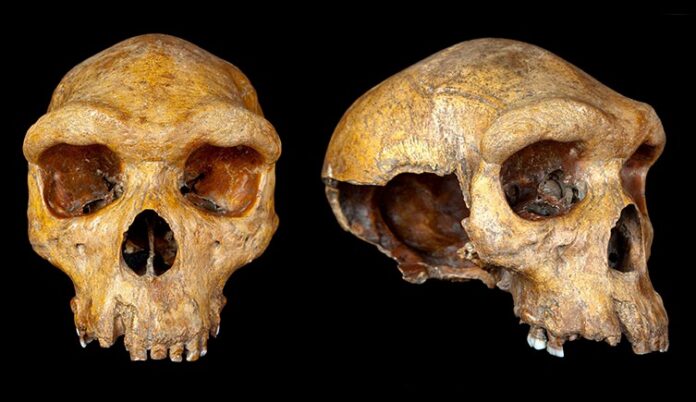WILL THE SKULL OF BROKEN HILL MAN EVER RETURN TO ZAMBIA?
The town of Broken Hill (modern day Kabwe) was once the largest mining centre in Northern Rhodesia (modern day Zambia). The Broken Hill mine produced Lead, Zinc and many other minerals. On the morning of 17th June 1921 (over 101 years ago), mine workers who were carrying out mining operations at a mine site in Broken Hill discovered a human skull buried in the caves of Mutwe Wa Nsofu Area. The skull was pulled out of the caves by an African miner whose name has not been recorded in history and is not credited with the discovery. The credit for making this discovery was given to a Swiss miner named Tom Zwigelaar who was present when the African miner made the discovery. Alongside the skull, there were also some limb bones that were discovered which were associated with the skull. In regards the skull, the most accurate way to describe what was found was that it was only the cranium (the upper part of the skull) which was found.
After careful analysis of the fossilized skull by a doctor from Broken Hill Hospital, it was established that the skull did not belong to a modern human being; it belonged to an ancient human being. The skull was then shipped to Britain and a British paleontologist named Arthur Smith Woodward examined the fossilized skull and classified it as having belonged to “Homo rhodesiensis”. In recent times, contemporary scientists have classified the skull as belonging to “Homo heidelbergensis”. This ancient human being is believed to have lived about 300,000 years ago. Today people have a range of nonscientific names which they use when referring to this skull. Some of these names are “Kabwe 1”, “Rhodesian Man”, “Broken Hill Man”. To the local people, it is called “Kasanda Malombe”. The name “Kasanda Malombe” means “The wealth multiplier”.
This fossilized skull was a very significant discovery in the field of Archaeology because the skull provides important clues in tracing certain aspects of the evolution of mankind from “Homo erectus” to “Homo sapiens”. This discovery made Broken Hill (Kabwe) an important centre in the study of the theory of evolution. The skull was the first early human fossil discovered in Africa. This skull provides supporting evidence to the theory that asserts that human beings came out of Africa and that Africa is the cradle of humankind.
Today this very important artifact that tells an important part of the story of humankind sits in London’s Natural History Museum. Because the discovery of this skull happened during the colonial period, The Rhodesia Broken Hill Development Company who were the owners of the mine in which the skull was found claimed ownership of the skull and sent it to the British Museum in 1921. While the original artifact sits in a British Museum, Zambians who are the rightful owners of this artifact only have a replica of the original artifact displayed at the Museum in Zambia. In the town of Kabwe, there is a monument that commemorates the discovery of the skull.
Since the 1970s, the Zambian government has expressed the desire of the people of Zambia for the Broken Hill skull to be returned to its country of origin. To this effect, numerous efforts of dialogue and lobbying have been made for many years to try and repatriate the fossil back to Zambia. To this day, none of these efforts have yielded any fruit. The United Kingdom has a notorious record of not returning artifacts that it acquired during its colonial days, especially those artifacts they feel have tourism/economic value in their museums.
With over 101 years passed since its discovery, the question that looms large is “Will the skull of the Broken Hill man ever return to Zambia?”
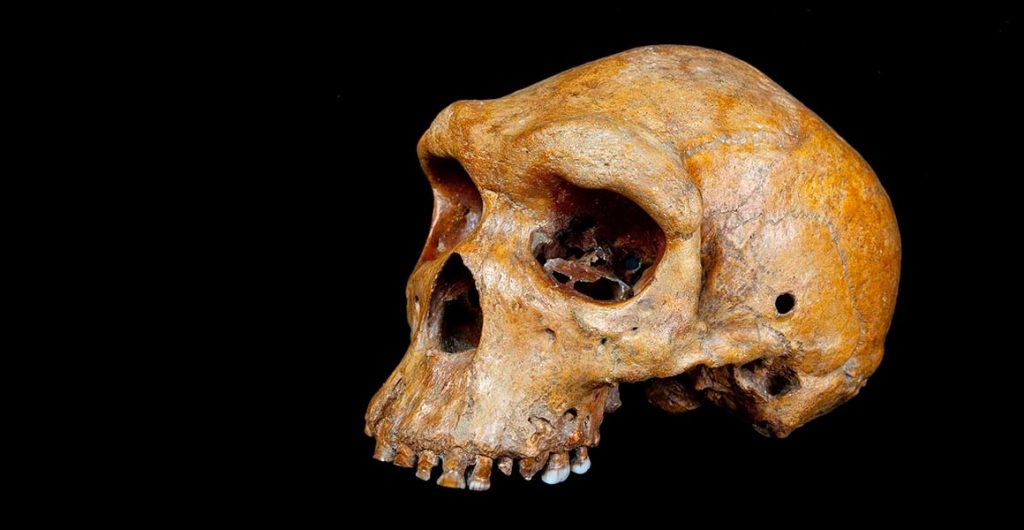
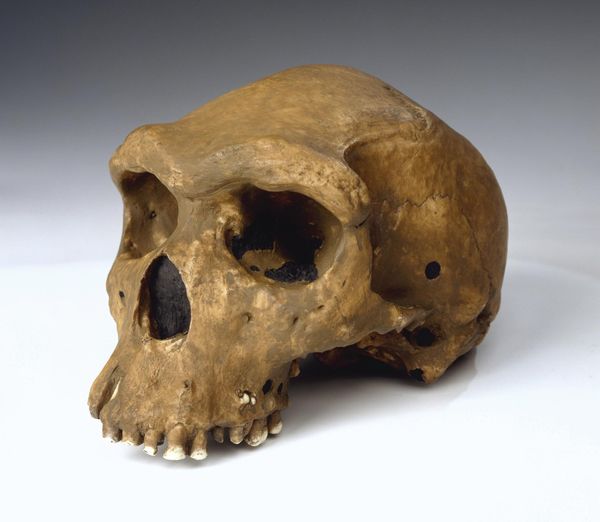
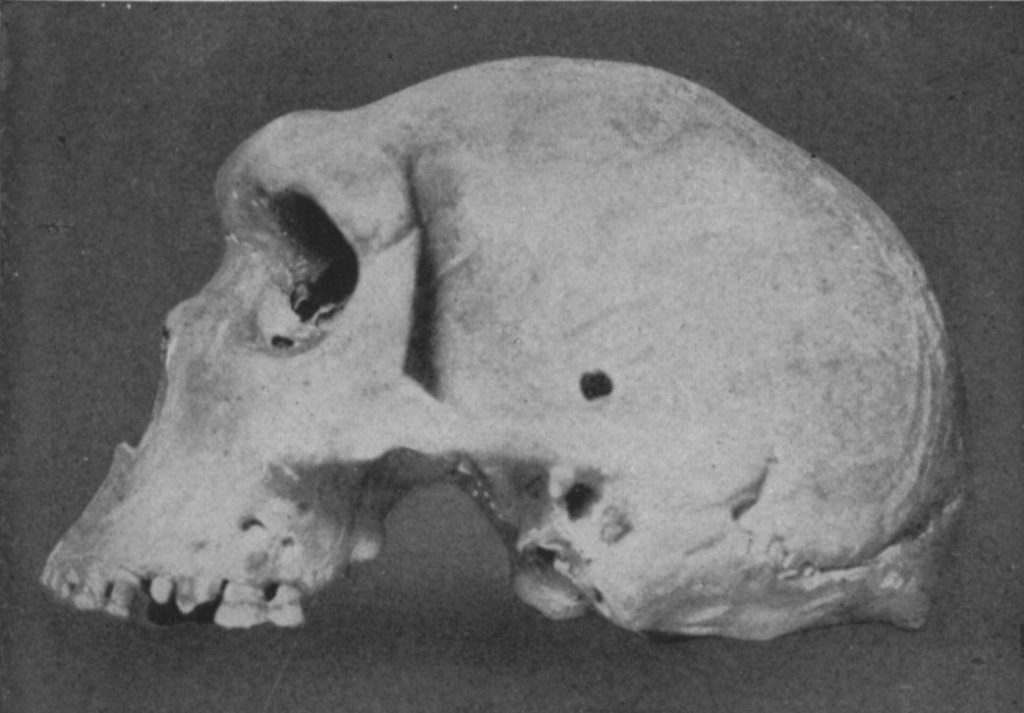
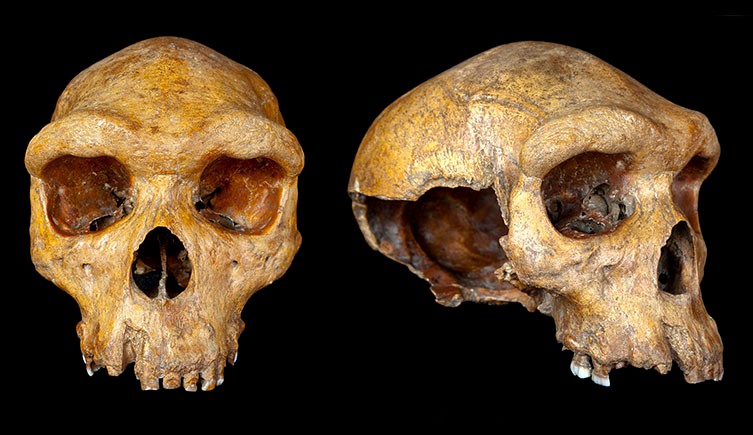
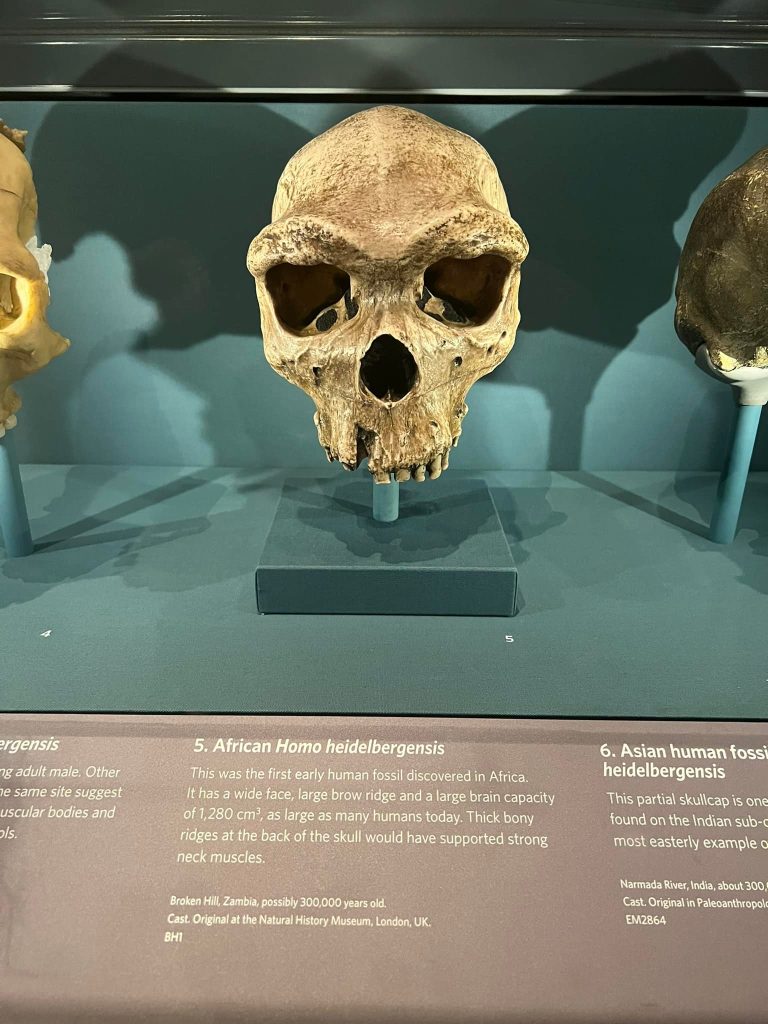
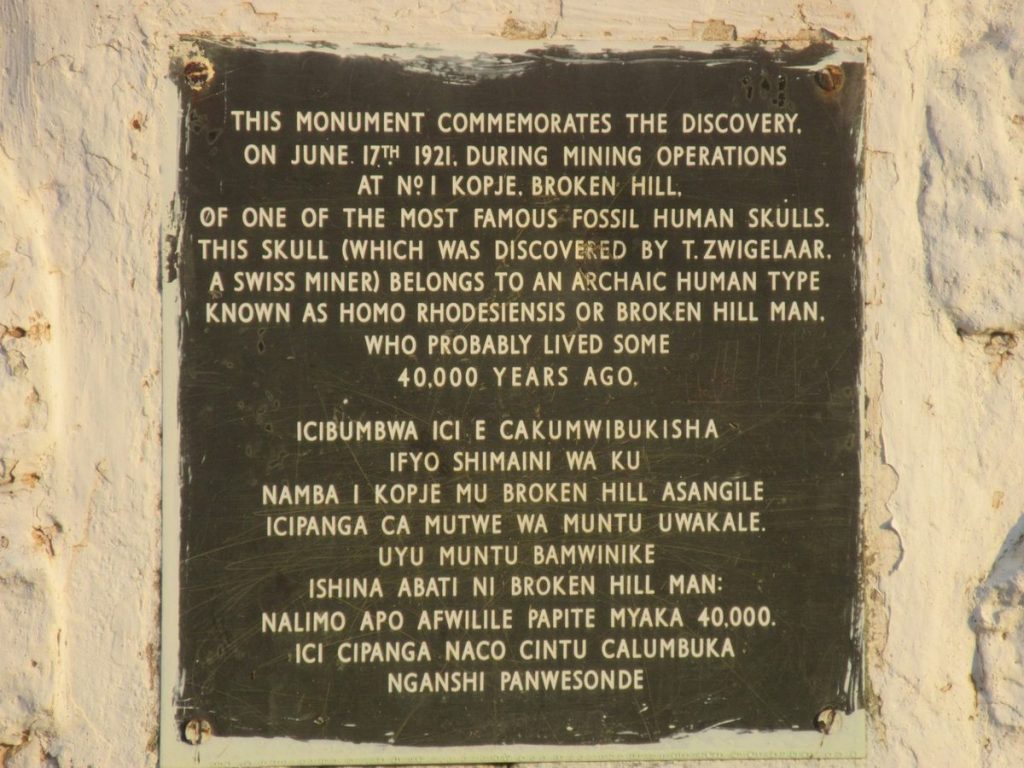
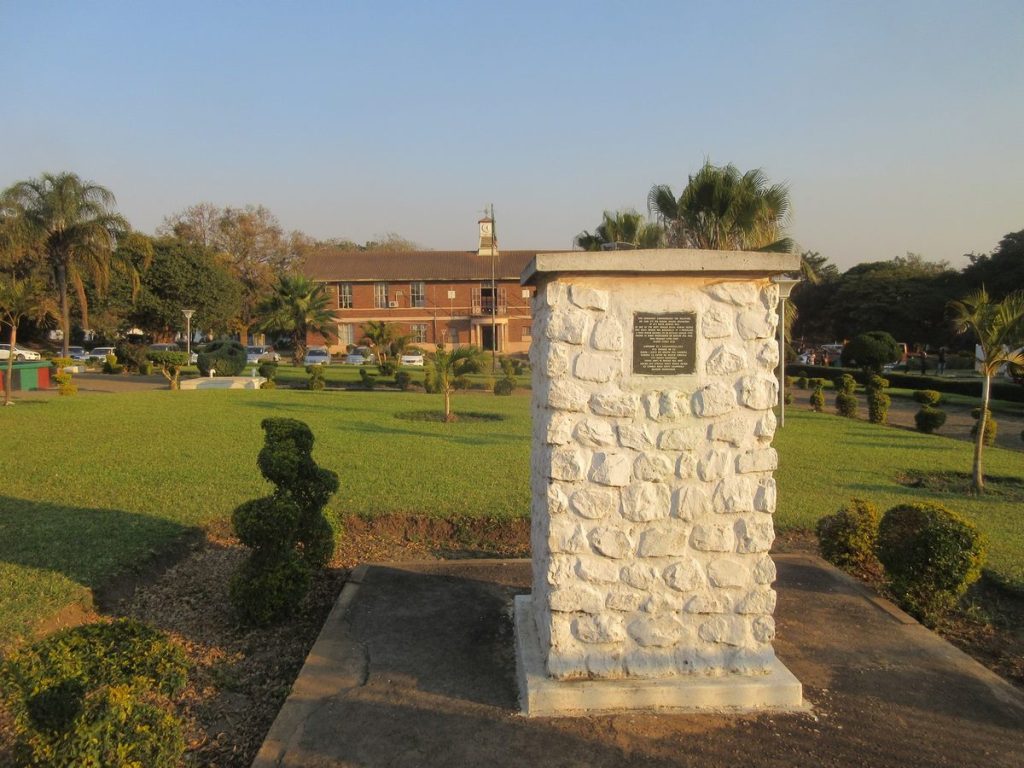
(©Zambian Footprints)
